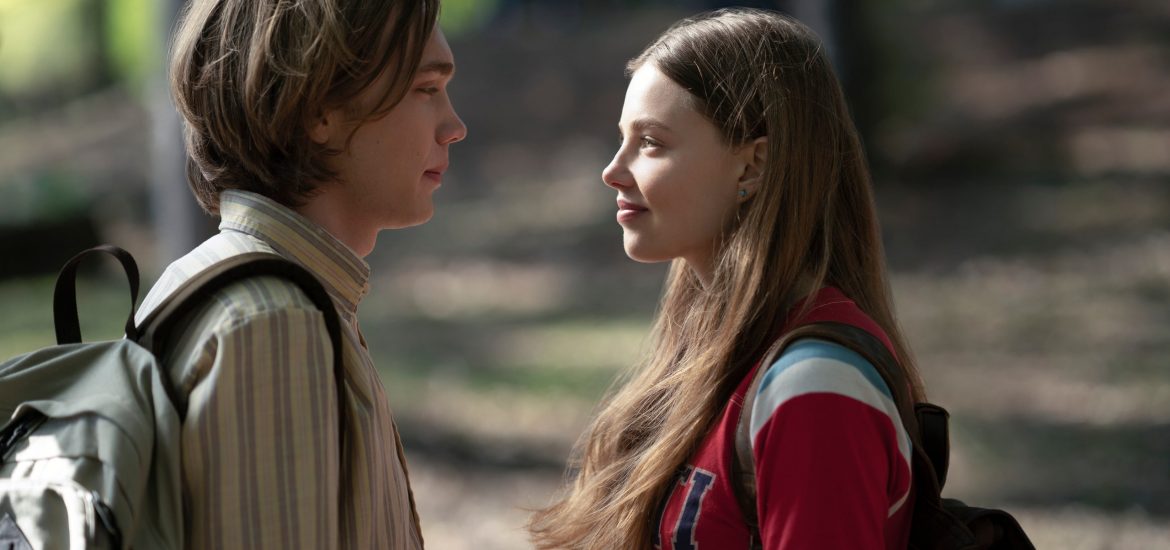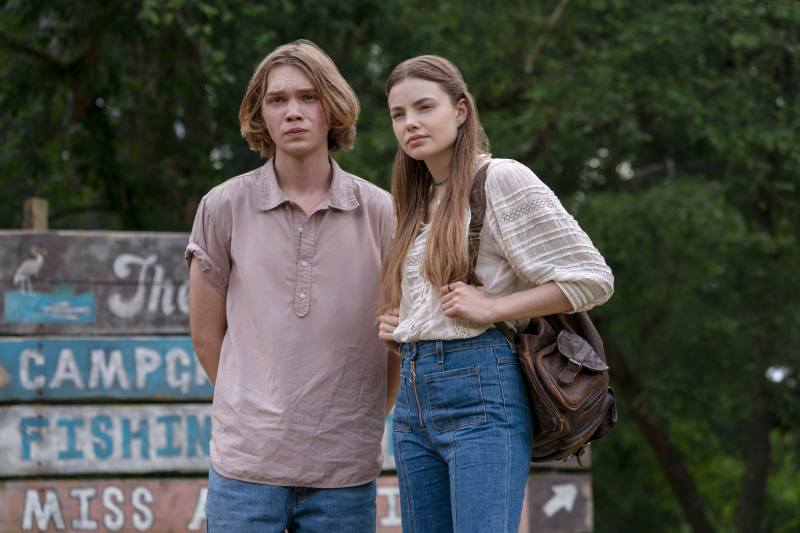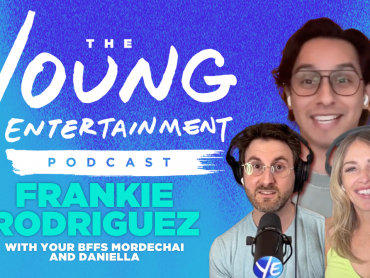It’s been a year since the mini-series Looking for Alaska came out on Hulu. The eight-episode series was adapted from the 2005 novel of the same name, penned by the prolific YA novelist John Green. Looking for Alaska embodies many of the tropes in Green’s books. Alaska is the enigmatic and alluring object of Miles’s affection, while Miles is the awkward, unsocialized loner taken under the wing of more experienced teens. The story is rife with teen angst, moody early 2000s indie ballads, and social hierarchies. But like other typical John Green novels, Looking for Alaska portrays teen lives with real issues, real pain, and real consequences.
Trigger warning: mentions of addiction and suicide
In the Looking for Alaska mini-series, we meet Miles Halter as he begins life at his new school, Culver Creek. Miles has had a quiet upbringing and is now looking to find live life more daringly and finally make more friends. He is also obsessed with famous last words, including Rabelais’s ambiguous description of the afterlife as “the Great Perhaps.” He finds friends in his new classmates, The Colonel, Takumi, and Alaska.
Miles and Alaska’s bond forms steadily as the story progresses. Alaska is the outspoken, daring influence Miles was hoping to find in his new environment. Meanwhile, Alaska is drawn to Miles because of his introspective, deep-thinking nature. Alaska and Miles deepen their bond over famous last words when Alaska brings up the fictional last words of Simon Bolivar as he perishes in the labyrinth of his life. Alaska poses the question to Miles: “How do we get out of this labyrinth of suffering?”
Like Alaska’s strange, ambiguous question to Miles, Alaska herself is not an open and shut case. Miles sees her as an unattainable figure. He romanticizes her moody, unpredictable nature. In reality, Alaska is struggling with her mental health and an alcohol addiction. She’s deeply entrenched in her labyrinth of suffering, and it isn’t the glamorous picture we see in movies or sung in songs. The TV series goes a step beyond the book and has a moment where it addresses Alaska’s depression. Miles asks her, “Alaska, are you suffering?” to which she replies, “Aren’t we all? It’s kind of the human condition.” He says, “I mean you. Specifically.” She answers, “I mean sure, I guess.”
Just like Alaska herself, Alaska’s death is not an open and shut case. She leaves school in a state of panic when she remembers she forgot the anniversary of her mother’s death. She asks Miles and The Colonel to keep the school officials distracted so she can make her getaway. It’s only later that Miles and The Colonel learn Alaska has died in a car crash. We never know the intentions behind her death, whether it was an accident or on purpose. We can’t say if Alaska chose to end her labyrinth of suffering – it’s never even clear what the “labyrinth of suffering” actually is. It’s a muddled mess of a story that mirrors the uncertainties, the frustrations, the sorrows of life. We can’t resolve it and tie it up with a bow because there’s no answer to our question.
We mourn Alaska as Miles mourns her – because her death was so tragic, so senseless. If only Miles had made her stay! But we glean a substantial bit of hope from the story of Looking for Alaska. The blame we put on ourselves for the things we cannot change in life – Miles’s blame for Alaska’s death and Alaska’s blame for her mother’s death – that is one way we can interpret the “labyrinth of suffering.” The way out of that labyrinth is to forgive ourselves.
Miles learns that life can’t be wrapped up nicely into a string of pithy last words. Life and people are far too complicated and messy for that. We are never going to receive all the answers in life, and we are going to make mistakes – some more painful than others. Alaska’s story teaches us we can’t let those mistakes bury us when we have more life to live.





